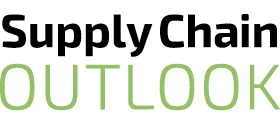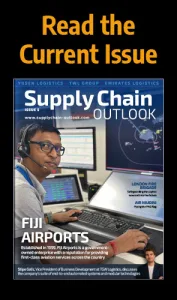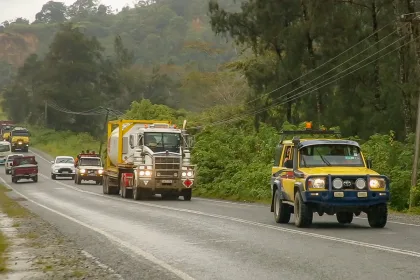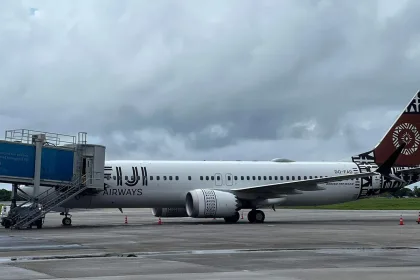The 2021 festive season faces unparalleled logistical hurdles in the wake of COVID-19. We sit down with Proxima, the world-leading supply chain consultancy for expert insight on the challenges facing retailers and consumers.
INTRODUCTION
Annually, the festive period represents one of the greatest logistical challenges for retailers. The peak season of gift-giving, this year, it is more likely than ever that your gift list has been impacted by the havoc wreaked across global supply chains by the COVID-19 pandemic.
Childrens’ toys are facing significant shipping delays stuck in containers around the world. Retail giant Walmart has begun chartering its own vessels to bypass logistical bottlenecks, and Amazon is investing in aircraft to address the same challenge. Meanwhile the American Christmas Tree Association has reported a widespread shortage of trees and seasonal décor.
In the face of this predicament, we speak with Proxima, the world-leading supply chain and procurement specialist, to find out more.
Q&A WITH SIMON GEALE, EXECUTIVE VICE PRESIDENT, PROXIMA
Could you outline the major issues surrounding North American retailers over the festive period in 2021?
Simon Geale, Executive Vice President, Proxima (SG): In terms of North American retail, much of what was predicted has played out – namely noticeably less range, and/or, notably higher prices. The ‘or’ is an important point there. Different products and different retailers are affected in different ways, but in general the retailers’ contingency strategies, whether proactive or reactive, will be evidenced by what we see on the shelves and feel in our wallets.
Similarly, what are some of the main issues being experienced in the supply chain?
SG: There are still sustained delays in ocean freight, which handles about 90 percent of the world’s shipping channels. This ultimately creates unpredictability up and down the supply chain (e.g. at ports) which translates into unpredictability for buyers and end customers. Much like with the panic buying early in the pandemic, unpredictability and supply shortages lead to buyers enacting contingencies, which further exacerbate the problem. As we have seen with PPE, production markets can respond quickly to some demand, but as we have seen with chips, in other markets, short, sustained shocks can cause structural changes in the mid-term.
Right now, a broad characterization of what’s happening would be; unpredictable buyer behavior, leads to unpredictable volumes, which lead to inconsistent operations, which creates log jams, which leads to unpredictable buyer behavior. All of which leads to higher prices.
How have retailers been responding to these challenges?
SG: The challenges have been long foreseen and in reality, retailers have been responding since April. This is when a lot of larger organizations’ traders started peak season this year; the period that covers Black Friday through to January. This meant they were compensating for supply chain challenges by starting their buying cycles two to three months earlier than normal.
But it wasn’t all about buying early. A retailer’s task is to foresee or shape the seasonal buying habits of their customers – in this case, what they might buy, sensitivity to price increases and/or sensitivity to range reduction. What we see on the shelves, at least for the mid to large size retailers, is the result of that.
Other mitigation tactics have included:
- Range analysis, as retailers seek to consolidate demand around their most popular range items, and thus create meaningful demand for suppliers.
- Ocean to air shipping expedition, for low volume, higher margin products where the additional cost (of air) can either be swallowed or passed on.
- Taking more ownership of the shipping process/capacity, which has so far only really been an option to mega corporations like Walmart.
Looking ahead, what challenges do you think will remain in the wake of COVID-19 in terms of inventory and supply?
SG: In short, higher prices. Retailers are going to be looking hard at the operating model in the wake of the last 24 months. That will mean a 2022 of looking at resilience, risk management, digitization and sustainability. All that adds up.
Not only would these programs be a substantial investment in “normal times”, but post-COVID-19, the convergence of business strategies around these pillars will create shortages and inflation in some of the key enabling markets. Ultimately, end customers and investors will foot the bill for retail transformation.
How can retailers adapt their supply and procurement strategies to become more resilient for next year’s holiday season?
SG: Issues will persist, and regardless, retailers are going to need to continuously monitor and review their risk strategies for next year. They are going to need to think about both the short term and the long term. We see organizations talking about major structural changes, which are going to be hugely costly and take time to enact. So, for 2022 it looks like resilience will come to the fore. That will mean focusing on customer trends, forecasting, early buying and great supplier partnerships.





















